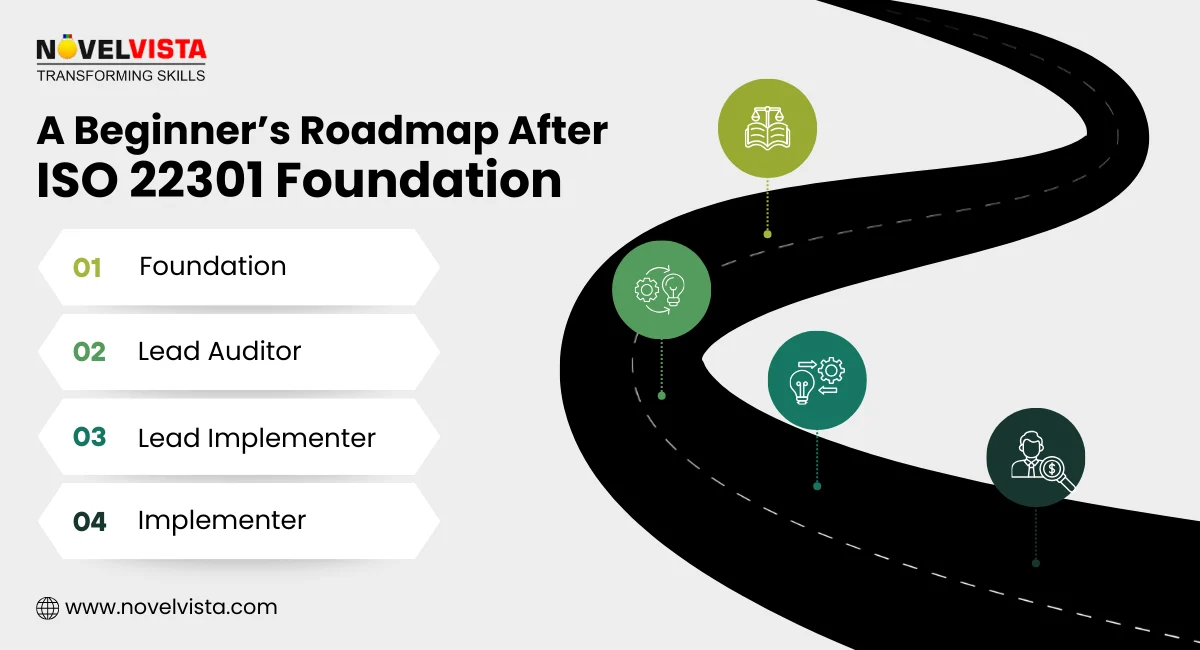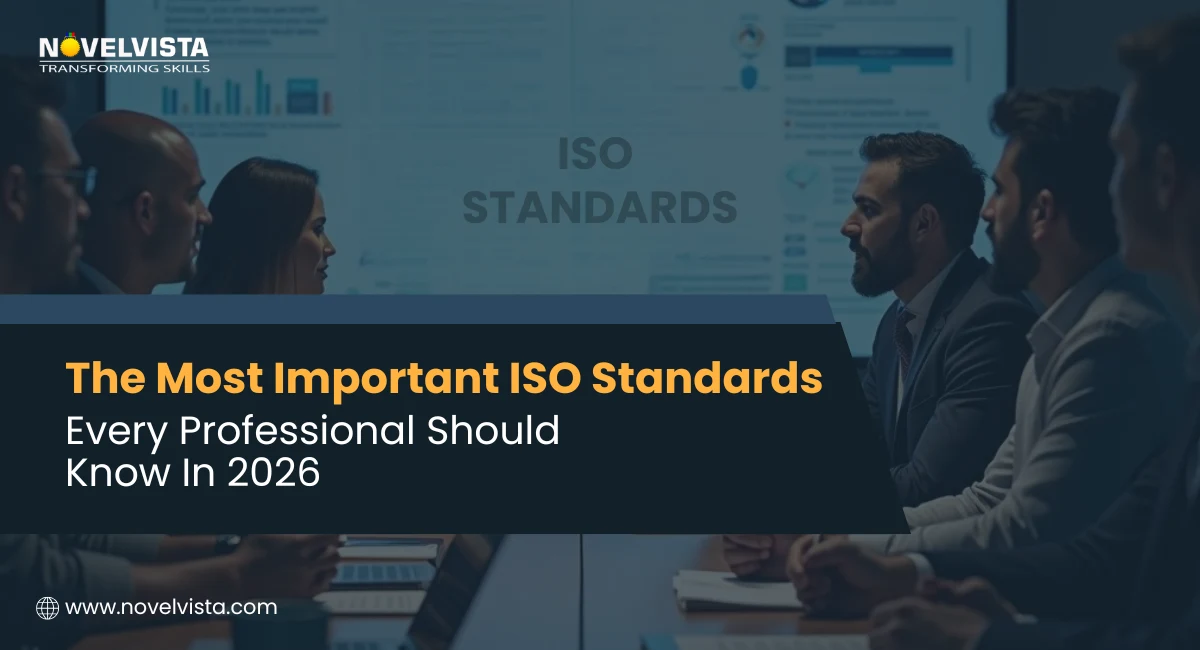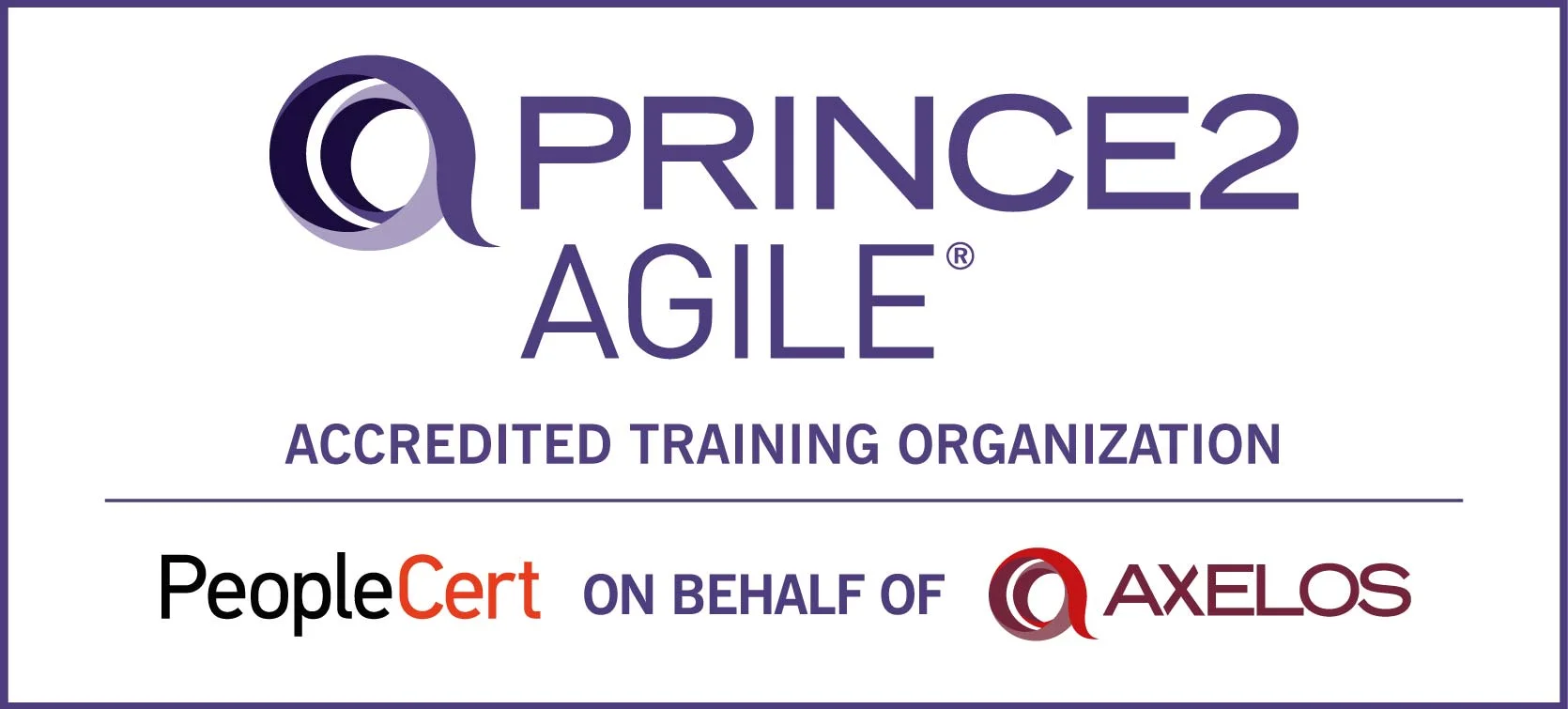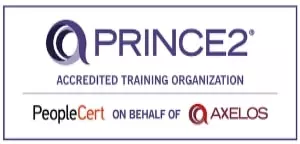In a world where business disruptions are becoming more frequent, resilience is no longer optional—it’s a survival requirement. Recent industry reports show that 76% of organizations faced at least one major disruption in the last 12 months, with downtime costs reaching millions for enterprises. This raises an important question: How prepared are today’s businesses to continue operations when unexpected events strike? And more importantly, who ensures that organizations have the right knowledge and structure to stay resilient?
This is where the ISO 22301 Foundation comes in. If you’re a beginner looking to enter the world of business continuity, a student building career-ready skills, an IT professional strengthening your resilience knowledge, or a manager responsible for operations, this guide is designed specifically for you. Understanding it helps you grasp the core of business continuity management systems (BCMS) before pursuing advanced roles like implementer or auditor.
Let’s walk through a smooth, beginner-friendly overview of what it is, how it works, and why it's becoming essential for modern professionals.
What Is ISO 22301?
Before diving in, it’s important to understand the parent standard. ISO 22301 is the international standard for Business Continuity Management Systems (BCMS). It helps organizations prepare for, respond to, and recover from disruptive incidents such as cyberattacks, natural disasters, supply chain failures, or internal system outages.
The standard’s purpose is simple:
Keep business operations running, no matter what happens.
It focuses on continuity planning, resilience building, crisis management, risk assessment, operational stability, and recovery strategies—all crucial components.
What Is the ISO 22301 Foundation Certification?
The ISO 22301 Foundation certification is the starting point for anyone who wants to understand business continuity principles. It offers a comprehensive introduction to the ISO 22301 framework, terminology, and essential concepts. Unlike implementer and auditor certifications, which require hands-on practice and deeper expertise, the foundation level is purely about building strong theoretical understanding. By learning ISO 22301 Foundation fundamentals, you get a clear, structured understanding of how organizations maintain operations under stress—setting the stage for more advanced certifications later.
Get Your Free ISO 22301 Learning Essentials Pack
- Build strong BCMS fundamentals with easy-to-follow guides
- Speed up learning with clear, practical templates
- Boost confidence for audits, training, and real-world application
Why ISO 22301 Foundation Matters Today
Today’s business landscape is full of unpredictable challenges. Cyberattacks happen every 39 seconds. Severe weather events have increased by more than 50% over the last decade. Globalized supply chains break easily during geopolitical shifts. All of this makes business continuity an essential capability rather than a luxury.
Organizations now prefer professionals who understand:
- Business continuity planning
- Crisis management
- Operational resilience
- BCMS structure and execution
- Risk identification and analysis
By gaining this knowledge, learners become better prepared to support their organizations in building resilience. It also strengthens employability, especially for IT, operations, risk, and security roles.

Step-by-Step Overview of ISO 22301 Foundation
Understanding it becomes easier when broken into steps. Here’s a beginner-friendly walkthrough of what the training typically covers.
1. Understanding the BCMS Structure
The ISO 22301 Foundation begins with the structure of the Business Continuity Management System. The standard follows the PDCA (Plan-Do-Check-Act) cycle, ensuring that continuity practices stay updated and effective.
Learners explore:
- Organizational context
- Leadership roles
- Planning requirements
- Support mechanisms
- Operations
- Performance evaluation
- Continual improvement
This section lays the groundwork for how the BCMS functions as a system.
2. Key Concepts and Core Definitions
The ISO 22301 Foundation teaches essential BCMS terms such as:
- BIA (Business Impact Analysis)
- RTO (Recovery Time Objective)
- RPO (Recovery Point Objective)
- Incident response
- Risk appetite
- Continuity strategies
These concepts help beginners understand the building blocks of business continuity and how they apply in real organizational scenarios. An ISO 22301 checklist helps learners translate foundation-level concepts into simple, actionable steps for building a stronger BCMS.
3. BCM Policy and Governance
This part explains how organizations frame their business continuity policy. It highlights leadership responsibilities, setting objectives, providing resources, ensuring communication channels, and maintaining governance.
Learners understand how business continuity roles and responsibilities are defined, regulated, and monitored.
4. Business Impact Analysis (BIA) Explained
BIA is one of the most crucial components covered in ISO 22301 Foundation training. It teaches you how to identify critical activities, understand dependencies, evaluate operational impacts, and prioritize recovery efforts.
BIA helps organizations answer:
- What processes are essential?
- How long can we afford downtime?
- What resources do we need to recover quickly?
It’s a major part of building a practical BCMS.
5. Risk Assessment Basics
The ISO 22301 Foundation simplifies the process of identifying and assessing risks by introducing common threats such as cyberattacks, system failures, human errors, and natural disasters. Learners also explore vulnerability assessments, mitigation approaches, and how to prioritize risks based on likelihood and impact. This concise understanding helps build a solid foundation for developing risk-aware continuity plans that support effective decision-making during disruptions.
6. Continuity and Recovery Strategies
In this part, learners explore the core strategies organizations use to keep operations running during disruptions. These include backup solutions, alternate work locations, redundant systems, emergency communication methods, and manual workarounds. Together, these strategies help build resilience and ensure that recovery is faster, smoother, and more controlled when unexpected events occur. To make continuity planning even more practical, an ISO 22301 Toolkit offers ready-to-use templates and checklists that support everything.
7. Exercising, Testing, and Continual Improvement
Finally, the foundation course discusses the importance of testing continuity plans through exercises such as drills, tabletop sessions, simulations, and audits.
Learners understand how organizations refine and improve their BCMS through performance reviews and corrective actions, following the PDCA cycle.
Who Should Take ISO 22301 Foundation Training?
Anyone interested in business continuity or resilience should consider this certification. It is especially beneficial for:
- IT professionals
- Security teams
- Risk and compliance officers
- Operations managers
- Students building a career in continuity or disaster recovery
- Individuals responsible for critical processes
Even if you're not directly involved in BCMS, understanding the basics helps you contribute more effectively to your organization’s resilience strategy.

Benefits of Learning ISO 22301 Foundation
Learning it offers several advantages:
- Strengthens your understanding of continuity and resilience
- Improves career prospects in IT, risk, operations, and compliance
- Builds confidence to move toward implementer or auditor certifications
- Helps you support your organization in reducing downtime
- Enhances your ability to respond to disruptions effectively
The foundation knowledge serves as a long-term asset, no matter your industry.
Conclusion
The ISO 22301 Foundation is the perfect starting point for new learners who want to understand business continuity and organizational resilience. With disruptions increasing globally, the need for skilled continuity professionals has never been greater. Whether you're building your career, strengthening your organization’s resilience, or simply exploring a new field, or training provides the clarity, structure, and confidence you need to move forward.
Next Step: Become a Certified ISO 22301 Lead Auditor
Ready to advance your business continuity expertise even further? Join NovelVista’s ISO 22301 Lead Auditor Certification Training and gain practical auditing skills, hands-on BCMS insights, and globally recognized credentials. Designed for business continuity professionals, IT leaders, and resilience practitioners, this course helps you confidently lead BCMS audits, evaluate continuity controls, and drive organizational resilience with authority.
Start your ISO 22301 auditor journey today and take your BCMS capabilities to the next level!
Frequently Asked Questions
Author Details

Akshad Modi
AI Architect
An AI Architect plays a crucial role in designing scalable AI solutions, integrating machine learning and advanced technologies to solve business challenges and drive innovation in digital transformation strategies.
Course Related To This blog
ISO 22301:2019 Lead Auditor
Confused About Certification?
Get Free Consultation Call









